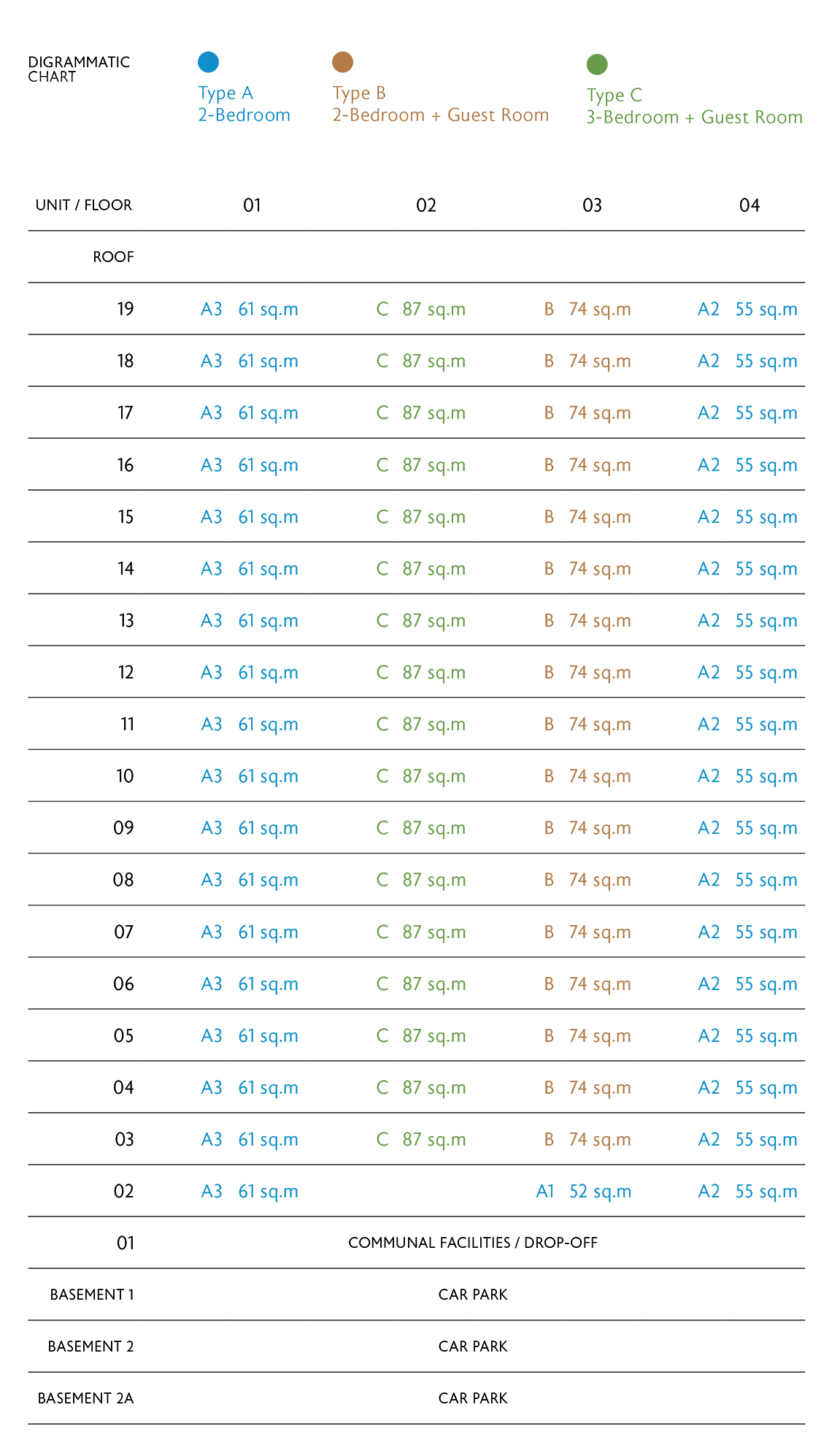
The goal of real estate asset management is to minimize risk and maximize return on investment. Asset managers assess the entire life cycle and provide information to investors about factors that could affect the asset's performance. They also devise and execute economic strategy for investors.
Asset managers have become more important as real estate has moved from individual ownership to institutional ownership. A typical property manager has years of experience in the specific asset class he or she is overseeing. This includes market research, portfolio optimization, data analysis, and forecasting. Real estate investments present many challenges. You need to be familiar with tax and legal laws.
A business plan is developed to manage property assets and strategic asset improvements are made to increase their value. Asset managers take a detailed inventory of the property to determine its rents and operating costs. These key elements are crucial in structuring leases to attract tenants. Having a great property manager is a crucial step towards a successful investment.

An example of a business plan might include a local market study, an assessment on the future demand for the asset, an estimation about the cost of improving the property, and evaluating the possibilities for new management. Once the business plan is developed, it is then used to generate stable cash flow and increase the value of the property over time.
Real estate, unlike capital markets, is a more complex process than buying and managing properties. Asset managers can use their expertise as investors to invest in real estate. Stress tests are sometimes conducted by asset managers on investor portfolios.
It doesn't matter if you are a passive or large investor, having a professional real-estate asset manager is crucial. The right property manager can give you peace of mind by monitoring the performance of your investments and helping you achieve your goals.
Asset managers should have a physical presence to support their investments. That way, they can provide timely updates, track data, and make strategic decisions that benefit the investment portfolio. A manager can advise investors on how to maximize the return of their investments. Asset managers can improve your investment's returns by up 30%

Asset management is not something new. It has evolved over 50 years. A skilled asset manager will increase your portfolio's value while also minimizing expenses. A good asset manager can give you firsthand information about trends and other factors that impact the real estate market.
Asset managers perform market research and budgeting. They also manage capital improvements and capital improvement projects. They are often tasked with a portfolio of up to eight to twelve properties. A portfolio manager might focus on a specific type or region depending on the size of your investments.
FAQ
Do you have any suggestions from a handyman on how to improve your home?
Absolutely! A handyman is skilled in all aspects of home maintenance and repair. A handyman knows what to fix and what not. So don't hesitate to ask for advice whenever you need it.
Where are handymen from?
There are thousands, if not millions of handymen in America. However, most of them never started out as contractors. Most started as a tradesman, typically learning how to do things through apprenticeships. Because of this, many have great skills and vast knowledge that can be a huge asset to any company.
What qualifications are required to become a handyman
You will need patience to be a handyman. Additionally, you should have knowledge of plumbing, electrical systems, and carpentry.
It is likely that you will find many jobs for people who have the right qualifications. But if you don’t, you may not be qualified.
A school that specializes is a good place to start your training.
Which is more difficult: being a contractor or a handyman.
Because you only need tools and yourself, being a handyman is more time-consuming than contracting. While contractors often rely on subcontractors, handymen must be able and willing to manage their own work schedules.
Is there anything I should look out for before hiring a handyman?
It is important to hire someone with experience in your project. Check references and talk to previous customers. You might want to add extra cash to cover unexpected costs. You should also ensure that he has insurance and is licensed.
Statistics
- “Before the pandemic, 40% of people asked how we could estimate a job when we weren't there,” Rose recalled. (inquirer.com)
- Mila keeps a commission of 20% for each completed service performed by Friends and charges various service fees regarding work done by Pros. (appjobs.com)
- With a strong housing market, the handyman and general maintenance worker industry are expected to grow by nearly 10% in the next decade. (housecallpro.com)
- More than 20% of homes in America have outdoor living spaces, including decks and patios. (mrhandyman.com)
- Our handyman services for seniors are provided by professional senior helpers who have been serving the community for over 20 years with 98% customer satisfaction. (cantatahomeservices.org)
External Links
How To
How do I replace a damaged window?
Replacing broken windows is one of the most common home improvement tasks. The job involves repairing the damage done to the glass in your home. Repair work in this instance should take no more than 30 minutes. The problem is that you might end up with further damage to your home if the glass pane breaks. This article provides some tips on replacing a broken window.
First, take the old glasses out of their frames
First, remove all screws that hold the glass in place. Next, remove the lock at the top of the lower section of your window frame. Next, move the window up slightly to remove it from the sill plate (the bar that runs below the floor). Use a plier to loosen any remaining screws. After the panes are taken off, thoroughly clean them.
Second step: Clean your new glass
You can wipe any dirt off the glass surface with a towel or a dry cloth. If debris is stuck under the glass, try cleaning it with a spray bottle filled with water and rubbing alcohol.
Third step: Reinstall the new glass
Attach the window frames to the panes. Start by pushing down on the lower edge of the outermost pane with the tip of a screwdriver. Gently push the pane into the opening of the frame. Move on to the next piece of pane. Push it into the opening in the frame. Continue inserting the panes until the entire window is assembled. You can seal the gap between the panes with a silicone caulk gun.
Fourth step: Repair the damaged area
Before installing the new glass, make sure to inspect the area around any cracks. If the break occurred near the corner of the window, install two small pieces of wood along each side of the hole. These wooden blocks will add strength to the window while also acting as spacers to keep the glass in place during the expansion and contraction of the weatherproofing material.
Fifth Step: Seal the repaired area
After the glass has been replaced, apply a bead of silicone caulking to the perimeter edges of the window frame. This will create an excellent seal between the glass & the surrounding wallboard. You can buy silicone caulking online or at hardware shops. You should choose a color to match the wall paint.
Let the caulking set overnight. After the caulking has dried completely, do not disturb it. You may crack the caulking by not waiting long enough.